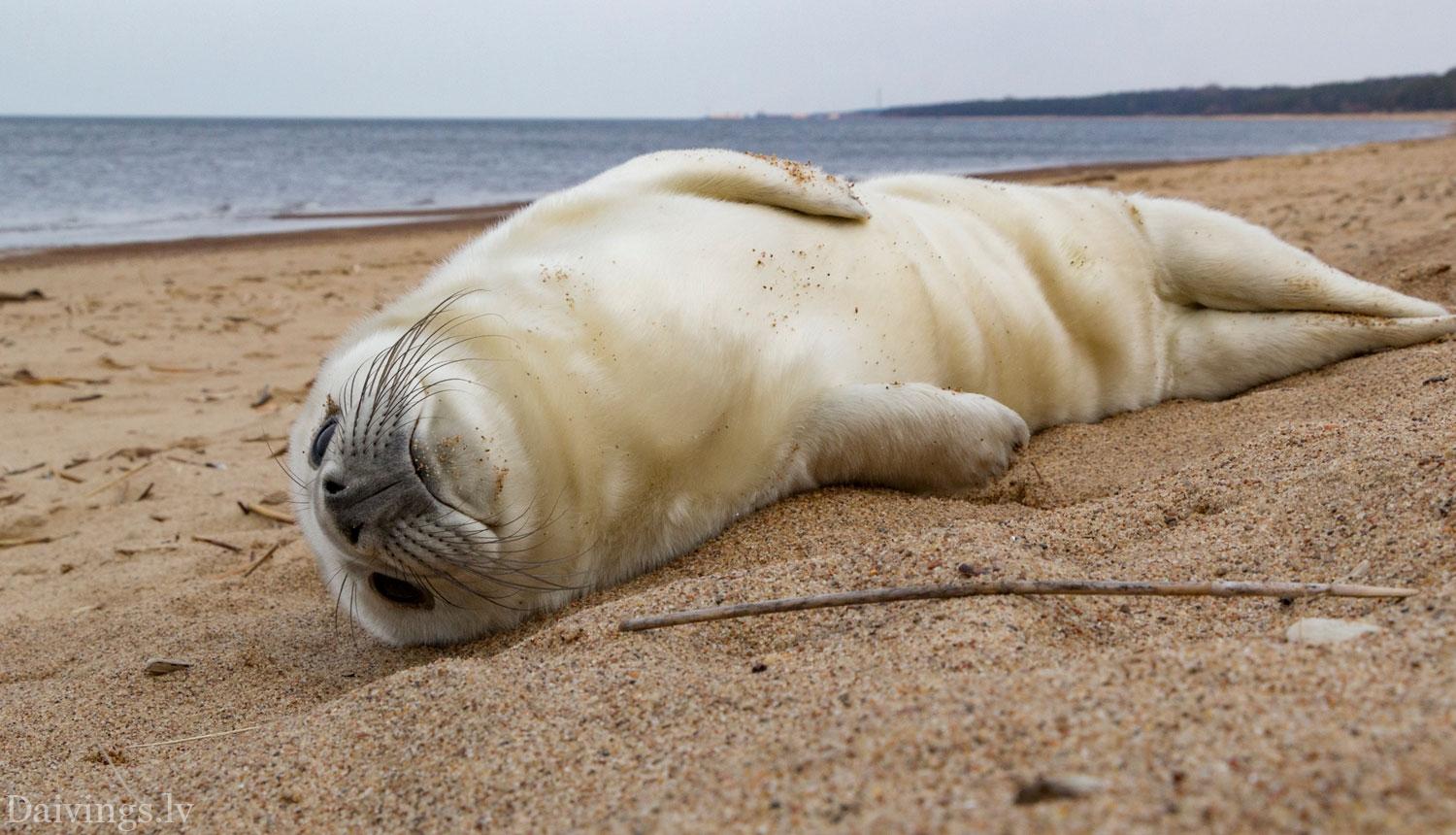Covering an impressive 377,000 km², the Baltic Sea is home to approximately 60,000 seals (2022 data), meaning that there is one seal for every 6.28 km². The largest mammals of this sea - the gray, ringed and spotted seals - play an indispensable role in the balance of the ecosystem, but in recent years they face increasing threats.

Although seals are often perceived as a pest to fishermen, their impact on fish stocks is nuanced. Research shows that seals feed mainly on sick and weak fish, contributing to the development of healthy fish populations. In addition, seal feces serve as a valuable source of nutrients for algae and other marine organisms, stimulating ecosystem productivity.

Despite the important role seals play in the health of the Baltic Sea, they face several threats. One of the main threats is the nets set by fishermen, in which seals often become entangled and die. In addition, pollution, climate change and habitat loss are having a negative impact on seal populations.
Unfortunately, the situation is complicated by conflicting interests. While some fishermen believe that seals are harmful to fish stocks and should be endangered, others recognize the importance of seals in a healthy ecosystem. In 2023, the BIOR (National Institute of Science) issued permits to kill 20 seals on commercial grounds, alarming environmentalists who stress the need for more thorough research and a more sustainable approach.
It is important to realize the importance of seals for the health of the Baltic Sea and to take measures to protect them. A scientific approach is needed that takes into account both the interests of fishermen and the ecological role of seals. Cooperation between stakeholders can help ensure a balance between human activities and nature conservation, ensuring a healthy and sustainable future for the Baltic Sea.
"In reality, it doesn't even matter, there are 15 or 20 thousand gray seals in the Baltic Sea, the main thing is that there should not be less than 10 thousand, because this is the limit below which the chances of the existence of the species are threatened," admits Estonian seal researcher Marts Jussi.
In the last hundred years, the number of seals has decreased so much that some species are on the verge of extinction. Both hunting and pollution of the Baltic Sea are to blame for the disappearance of seals. No one knows how many seals are currently in the Baltic Sea. Biologists can only judge trends, whether the population is increasing or decreasing. It is assumed that there are about 10 thousand ringed seals in the Baltic Sea. Unlike ringed seals, gray seals are everywhere in the Baltic Sea. Their number is stable, their health is also good. The spotted seal is also everywhere, more in some regions, less in others.
"The Helsinki Convention on the Protection of the Marine Environment of the Baltic Sea Region (HELCOM) stipulates that we will allow the seal population to grow freely without setting a seal limit - HELCOM is concluded between governments, not biologists. It also states that seals have the right to move freely in the Baltic Sea and there will be no regions from which they would be violently driven away," the researcher emphasizes.
Links and Resources
- Photo: Nature Protection Board
- BIOR researcher: Coastal fishing has been quite impossible in recent years due to seals (LSM 25.04.24)
- The conflict between fishermen and seals will be resolved by Estonians (LA 16.03.17)
- The important role of gray seals (Halichoerus grypus) in the Baltic Sea ecosystem (+video)

